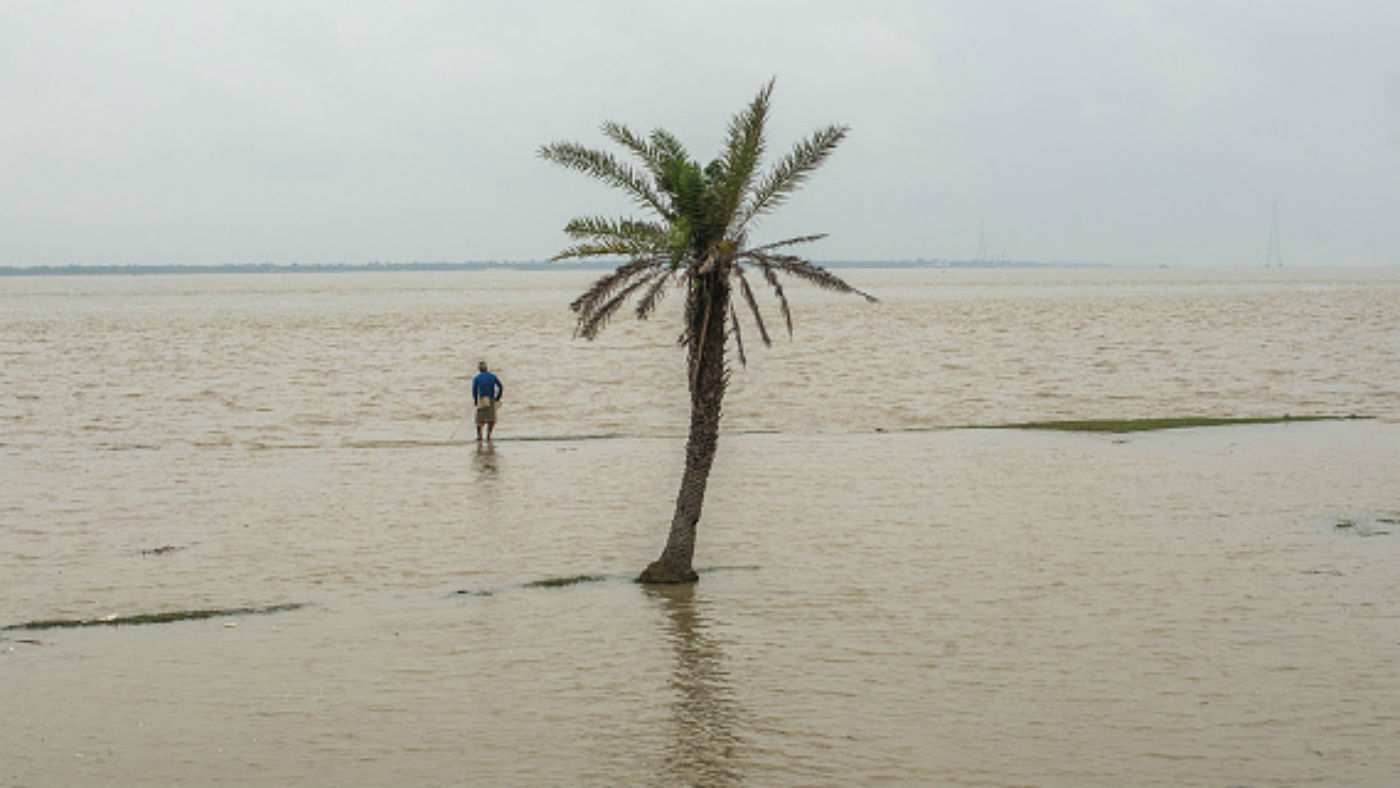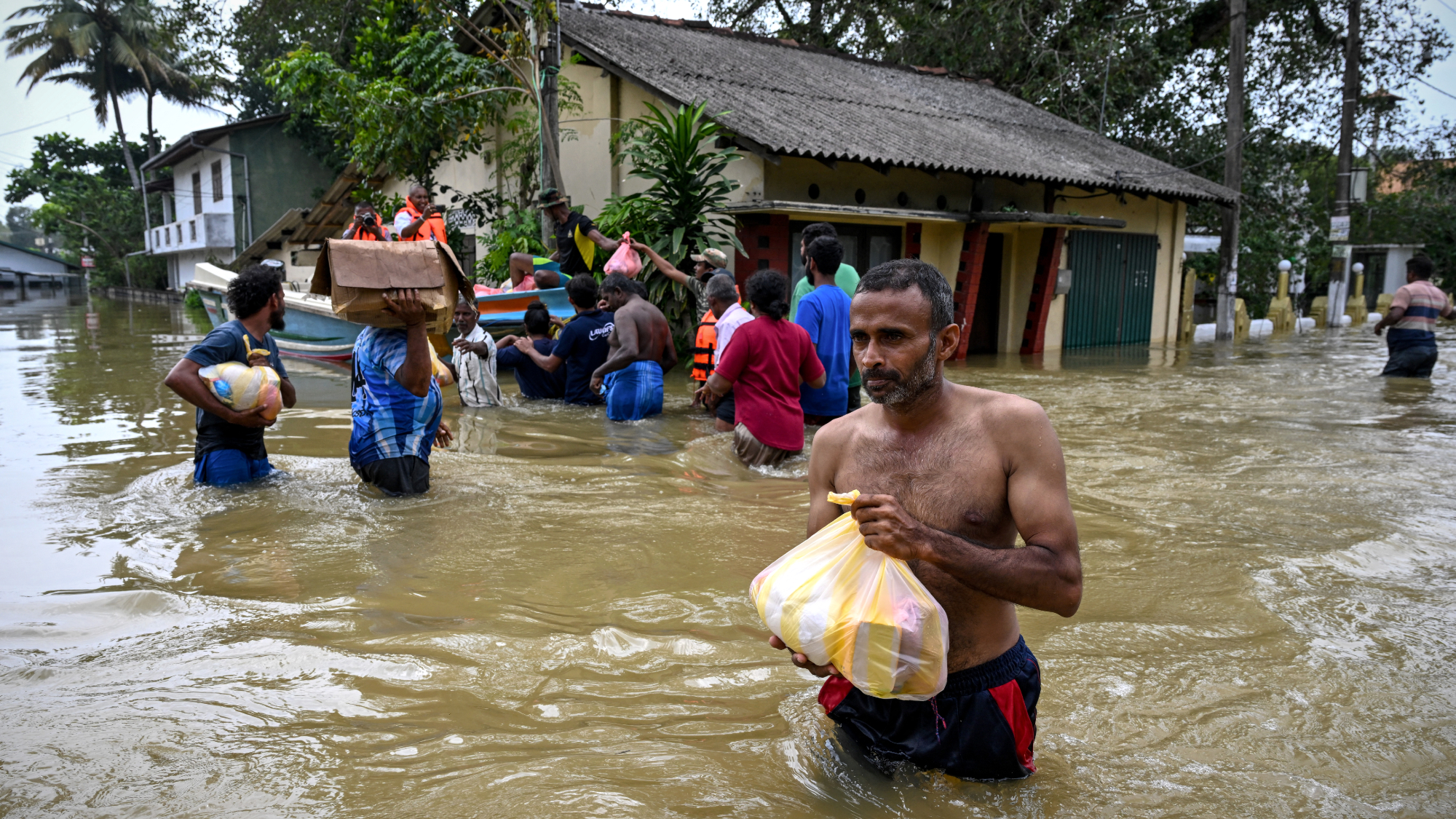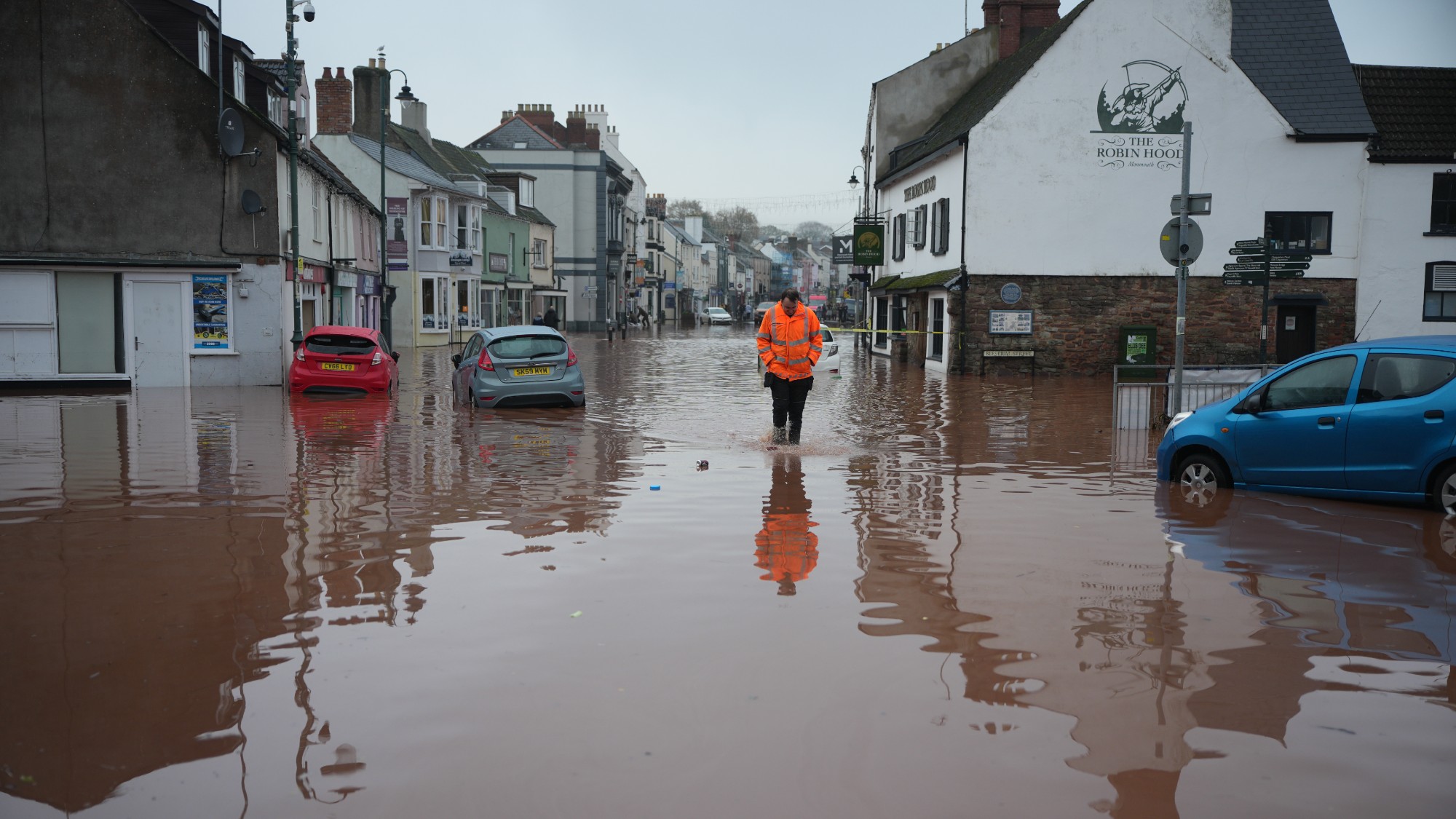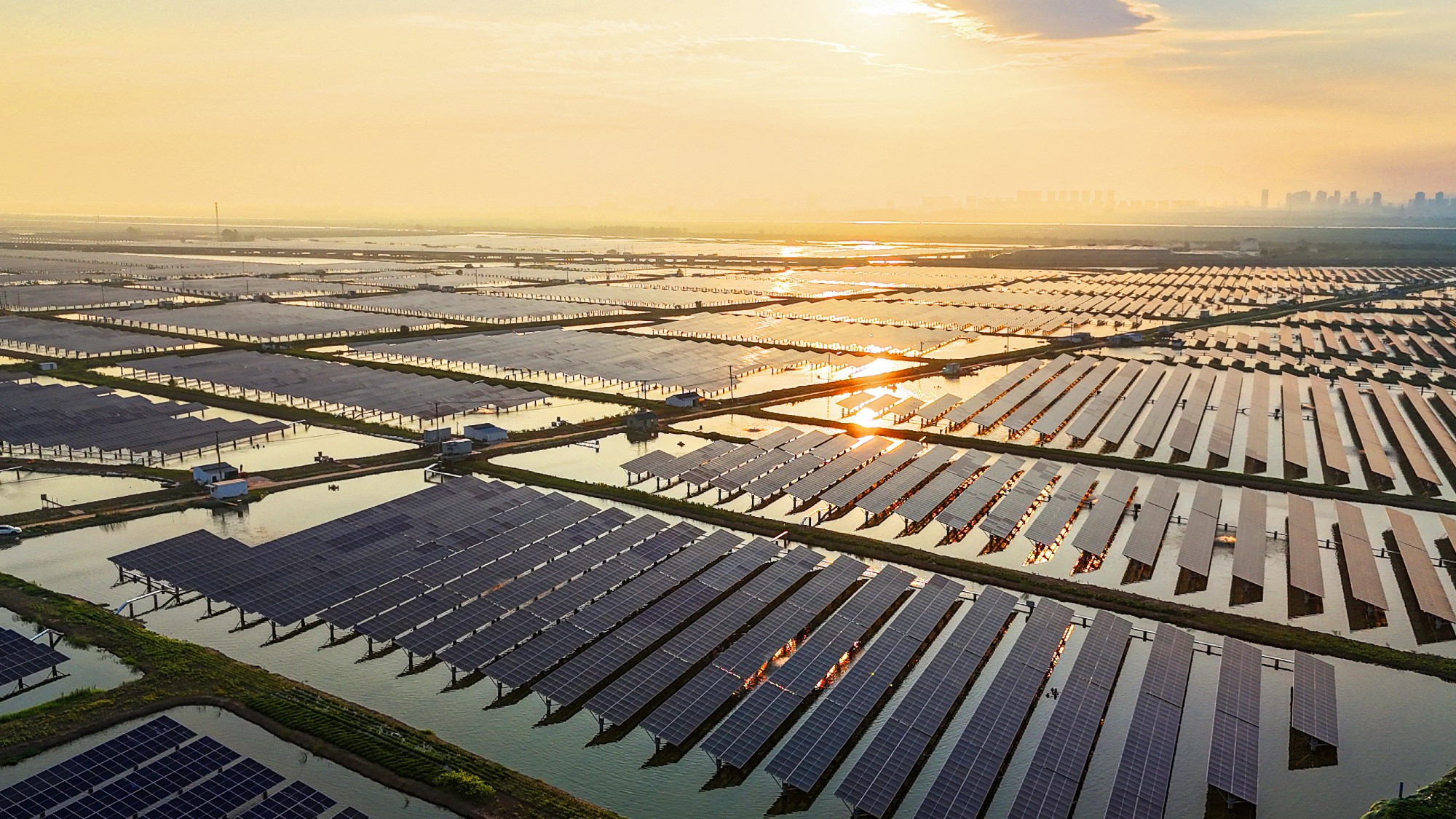Ghoramara: the Indian island disappearing into the sea
Rising sea levels are threatening residents’ homes but most can’t afford to evacuate

Residents living on India’s Ghoramara Island are calling on their government to help them relocate, after losing more than half of their lands to rising sea levels caused by global warming.
The 1.8 sq mile island is located in the Sundarbans Delta of the Bay of Bengal. The delta is made up of 54 low-lying islands, many of which are being destroyed because of climate change. Another Sundarbans island, Lohachara, has already been completely washed away because of the rising tides, turning its residents into “environmental refugees”, and Ghoramara islanders fear they could be next.
“If a tsunami or a big cyclone hits this island we will be finished,” island elder Sanjib Sagar told the Economic Times.#
The Week
Escape your echo chamber. Get the facts behind the news, plus analysis from multiple perspectives.

Sign up for The Week's Free Newsletters
From our morning news briefing to a weekly Good News Newsletter, get the best of The Week delivered directly to your inbox.
From our morning news briefing to a weekly Good News Newsletter, get the best of The Week delivered directly to your inbox.
Most islanders are farmers, cultivating the mangrove trees, but the frequent flooding has damaged not only people’s homes, but the farmland they depend on for a living. The population on the island has decreased from 7,000 to 4,800 over the last decade.
Many of those who remain say they are willing to evacuate, but the cost of fleeing and beginning a new life on the mainland is prohibitively expensive.
“If government gives rehabilitation I will leave,” Ghoramara resident Sheikh Aftab Uddin told Reuters. He estimated that half of the island is prepared to leave, but stressed that islanders would need the government to provide housing because of its high cost.
According to a NASA study, global sea level rise has been accelerating in recent decades, driven by increased melting in Greenland and Antarctica. If current trends continue, by 2100 the world’s seas could have swelled by twice the projected level.
A free daily email with the biggest news stories of the day – and the best features from TheWeek.com
Rising seas now threaten entire nations, including the Maldives and the Marshall Islands, as well as major coastal cities around the world who face the prospect of disappearing underwater.
-
 What new cryptocurrency regulations mean for investors
What new cryptocurrency regulations mean for investorsThe Explainer The Treasury and the Financial Conduct Authority aim to make the UK a more attractive and safer place for crypto assets
-
 The Salt Path Scandal: an ‘excellent’ documentary
The Salt Path Scandal: an ‘excellent’ documentaryThe Week Recommends Sky film dives back into the literary controversy and reveals a ‘wealth of new details’
-
 AI griefbots create a computerized afterlife
AI griefbots create a computerized afterlifeUnder the Radar Some say the machines help people mourn; others are skeptical
-
 Death toll from Southeast Asia storms tops 1,000
Death toll from Southeast Asia storms tops 1,000speed read Catastrophic floods and landslides have struck Sri Lanka, Indonesia, Thailand and Malaysia
-
 Can for-profit geoengineering put a pause on climate change?
Can for-profit geoengineering put a pause on climate change?In the Spotlight Stardust Solutions wants to dim the sun. Scientists are worried.
-
 How will climate change affect the UK?
How will climate change affect the UK?The Explainer Met Office projections show the UK getting substantially warmer and wetter – with more extreme weather events
-
 Can the UK do more on climate change?
Can the UK do more on climate change?Today's Big Question Labour has shown leadership in the face of fraying international consensus, but must show the public their green mission is ‘a net benefit, not a net cost’
-
 Did Cop30 fulfil its promise to Indigenous Brazilians?
Did Cop30 fulfil its promise to Indigenous Brazilians?Today’s Big Question Brazilian president approves 10 new protected territories, following ‘unprecedented’ Indigenous presence at conference, both as delegates and protesters
-
 Can the world adapt to climate change?
Can the world adapt to climate change?Today's Big Question As the world gets hotter, COP30 leaders consider resilience efforts
-
 Taps could run dry in drought-stricken Tehran
Taps could run dry in drought-stricken TehranUnder the Radar President warns that unless rationing eases water crisis, citizens may have to evacuate the capital
-
 The future of the Paris Agreement
The future of the Paris AgreementThe Explainer UN secretary general warns it is ‘inevitable’ the world will overshoot 1.5C target, but there is still time to change course